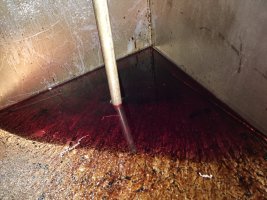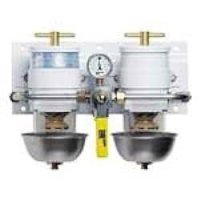Occasionally I see Youtube channels reporting that they had a fuel supply problem at a critical time while out cruising (e.g., getting ready to enter a harbor). They set up a temporary fix by supplying the engine directly from a jerry can.
I want to anticipate this possibility before I head out in September, and have the necessary hoses, connectors, etc., ready to go. What do y'all think are the most common issues that might lead to this need? (by knowing the main possible causes, maybe I can mitigate them quickly).
Also, one report I saw this week warned that when using this detour, the jerry can will empty quickly because the fuel return line will go back to the main tank ... possibly overfilling it if it's already quite full. Should I install a tap in the return line that will allow the returned fuel to go to the jerry can when using this workaround?
Thanks in advance for any thoughts and advice the forum about this temporary fuel supply detour!
I want to anticipate this possibility before I head out in September, and have the necessary hoses, connectors, etc., ready to go. What do y'all think are the most common issues that might lead to this need? (by knowing the main possible causes, maybe I can mitigate them quickly).
Also, one report I saw this week warned that when using this detour, the jerry can will empty quickly because the fuel return line will go back to the main tank ... possibly overfilling it if it's already quite full. Should I install a tap in the return line that will allow the returned fuel to go to the jerry can when using this workaround?
Thanks in advance for any thoughts and advice the forum about this temporary fuel supply detour!


